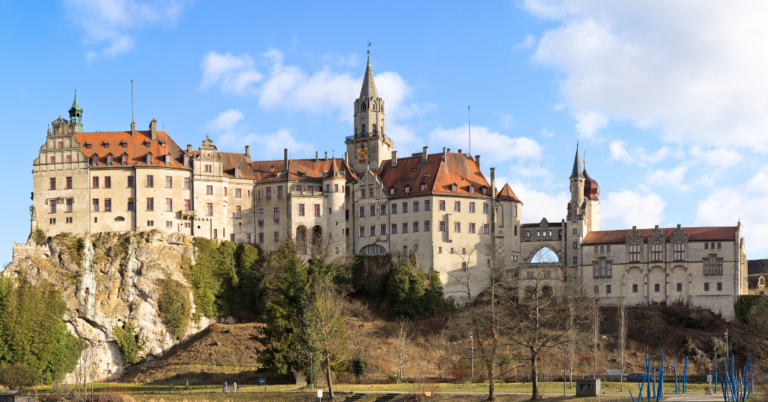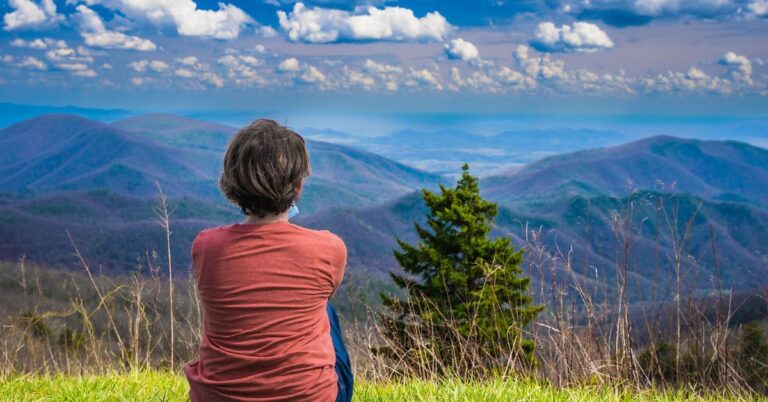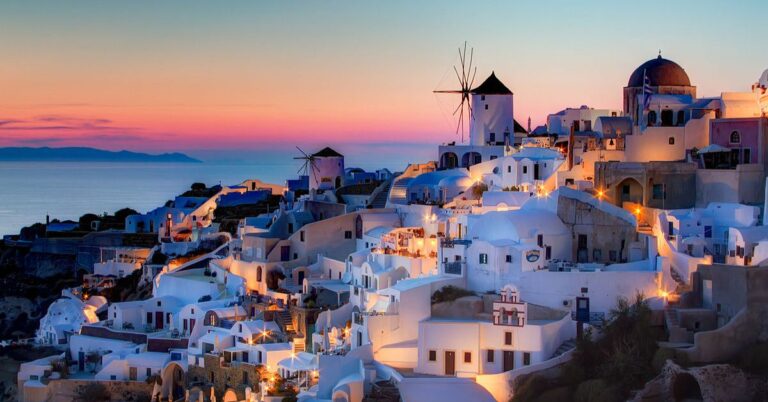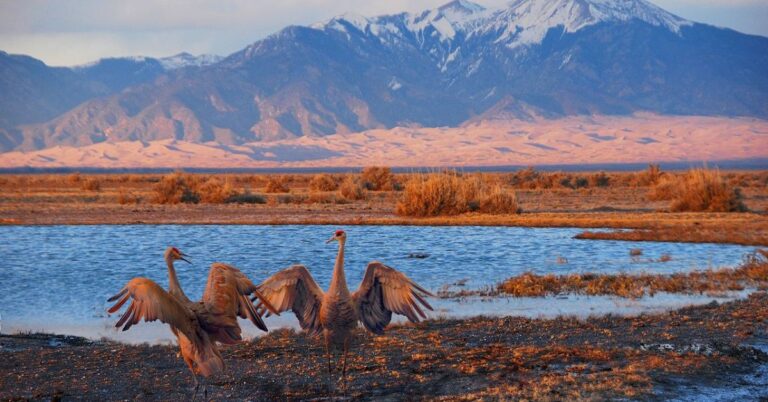25 Natural Indian Spots That Belong On Your Travel Bucket List
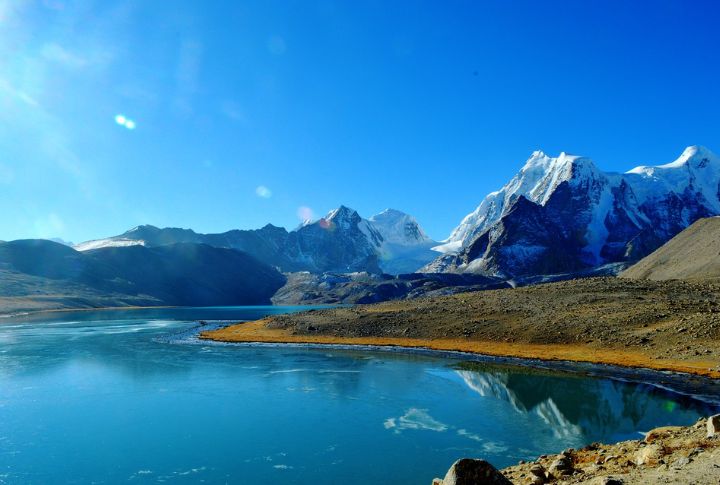
India is known as the land where chaos and calm sit cross-legged together—usually over a plate of something fried and fabulous. So, if you’re planning to visit, brace yourself: this country hoards natural wonders like your aunt hoards Tupperware lids. Let’s take a look at 25 natural Indian spots that practically dare you not to stare.
Valley Of Flowers, Uttarakhand

A burst of colors located high in the Himalayas, the Valley of Flowers feels like nature spilled her paintbox. Every monsoon, this UNESCO World Heritage Site converts into a technicolor dreamland with over 600 species of wildflowers.
Pangong Tso, Ladakh

Pangong Tso is not your average lake—it’s a high-altitude, color-changing beauty that straddles India and China. One minute, it’s sapphire blue; the next, it’s golden or green. Here, don’t skip sunrise, as it’s like watching the Earth hold its breath.
Loktak Lake, Manipur
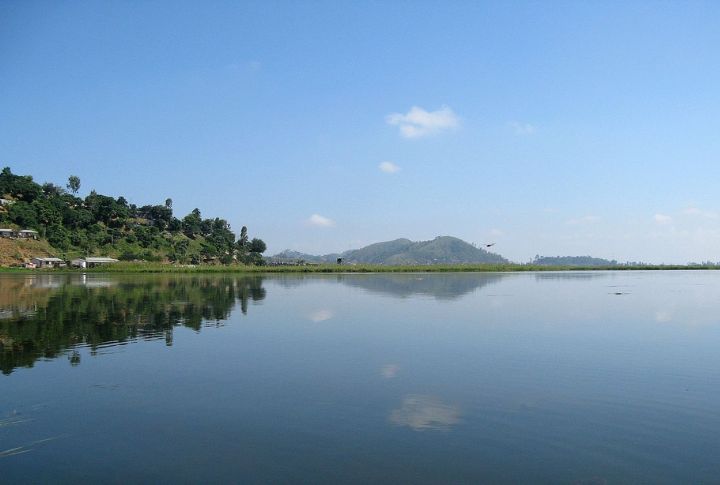
Home to floating islands called “phumdis,” Loktak Lake is alive and drifting! It’s the only floating national park in the world, sheltering the endangered sangai deer. Moreover, gliding across its shimmering surface feels like boating through a dream that’s quietly moving.
Living Root Bridges, Meghalaya
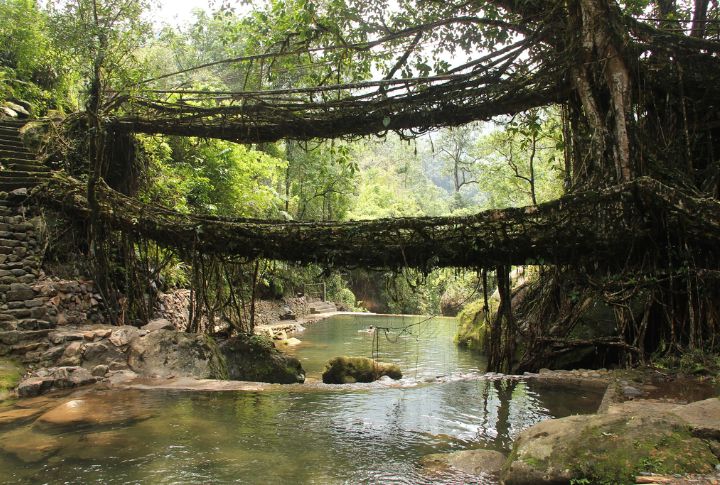
In Meghalaya, bridges don’t rust—they grow. These living root bridges, woven by hand from ancient rubber trees, are as magical as they are practical. Built over decades and strong enough to walk across, they blend engineering with enchantment, all while dripping with rainforest charm.
Sundarbans Mangroves, West Bengal
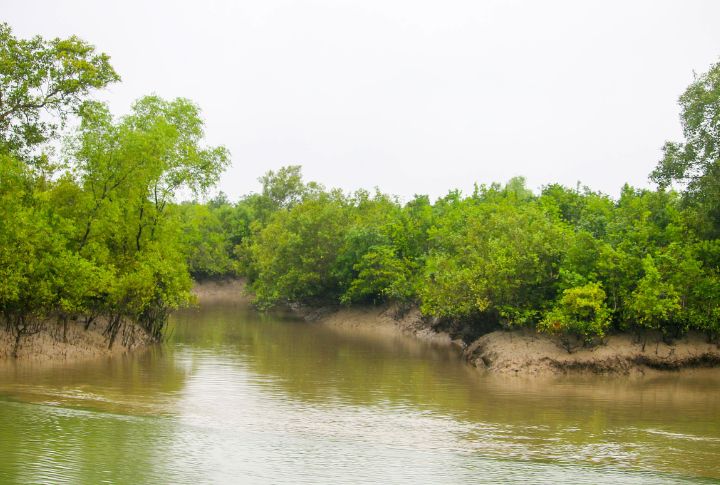
Stretching across 4,000 square kilometers (part of a 10,000 km squares ecosystem with Bangladesh), these tidal forests cradle salt-tolerant mangroves. This UNESCO site, where land meets sea, feels ancient. So, cruise the estuaries in winter for the safest wildlife viewing.
Chilika Lake, Odisha
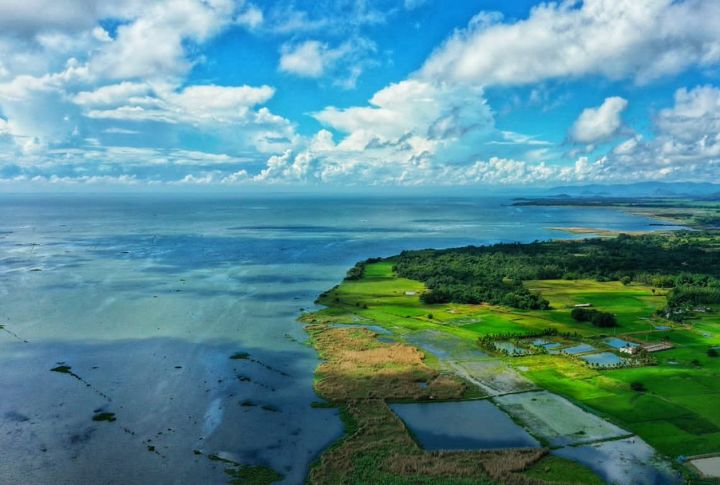
Teeming with flamingoes, herons, and the endangered Irrawaddy dolphin, Chilika is Asia’s largest brackish lagoon. During winter, over a million migratory birds gather here. Visit Satapada or Nalabana Island between November and February to witness one of India’s most underrated birdwatching spectacles.
Havelock Island, Andaman & Nicobar
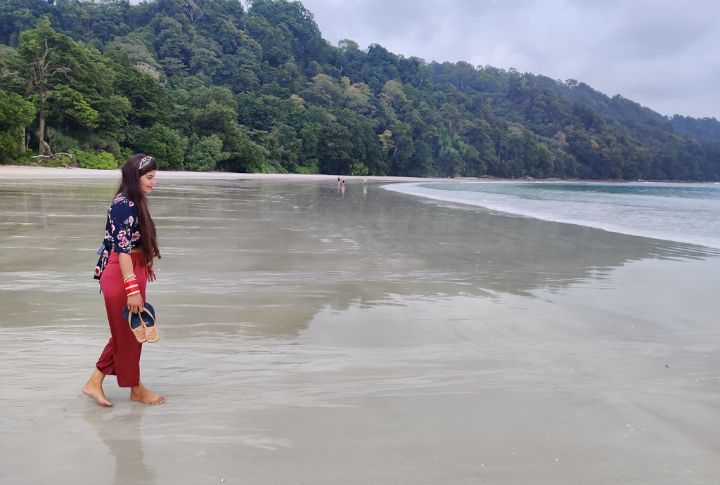
Coconut palms meet translucent waters at Radhanagar Beach, rated Asia’s best by Time Magazine in 2004. Accessible via ferry from Port Blair, this island offers year-round tropical escapes, but October to April promises the calmest seas.
Rann Of Kutch, Gujarat
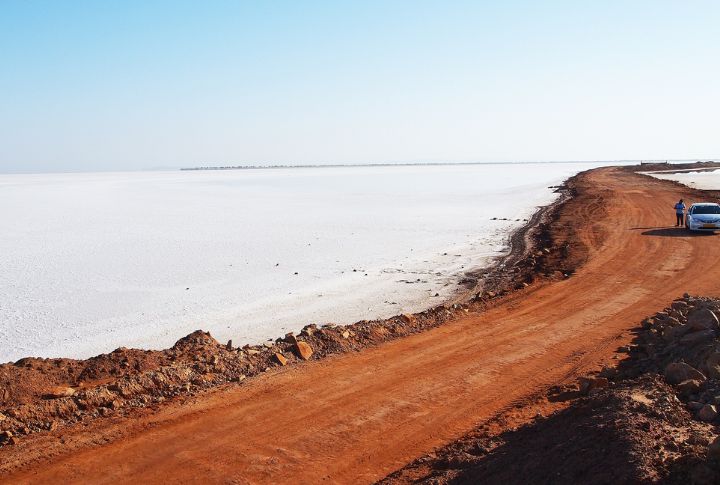
Cracked white salt flats stretch to the horizon in this surreal winter desert. Every November to February, the Rann Utsav brings tents, camels, folk dances, and full-moon walks. Lastly, bring a wide lens—sunsets over this salt canvas don’t repeat themselves.
Dudhsagar Falls, Goa
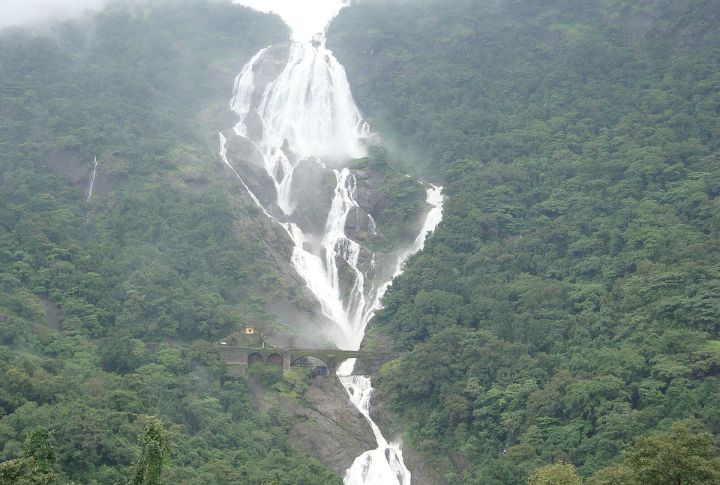
Think Goa is just beaches and parties? Dudhsagar says otherwise—loudly. This thundering four-tiered waterfall crashes down like a milk avalanche in the middle of a dense forest. And when a train rumbles across the old bridge mid-fall? It’s pure movie magic, minus the CGI.
Chopta, Uttarakhand
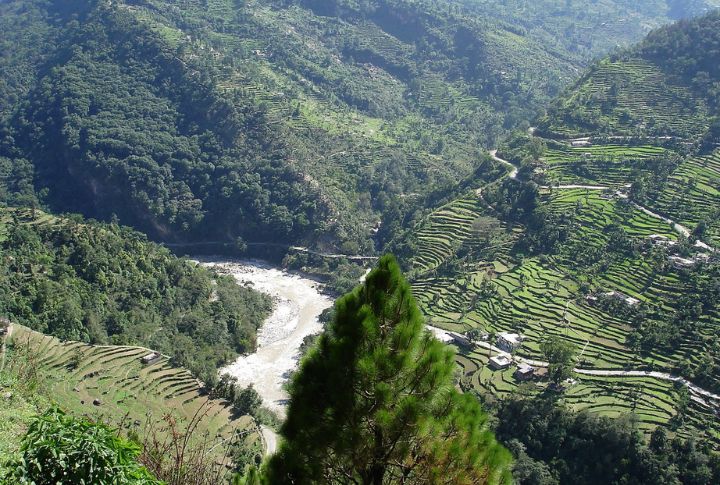
Nicknamed “Mini Switzerland,” this hamlet offers trails lined with deodars and rhododendrons. Trek to Tungnath, the highest Shiva temple at 3,680 meters. Look up—you’ll find Himalayan monals flashing like jewels against distant peaks.
Marble Rocks, Bhedaghat, Madhya Pradesh
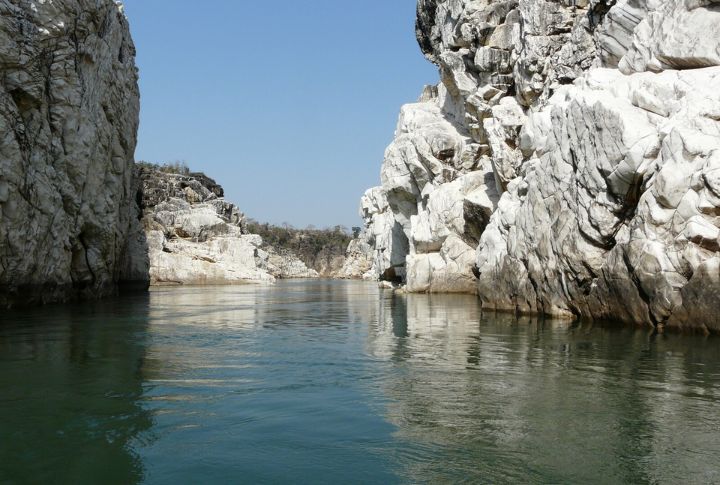
At Bhedaghat, the Narmada carves a long gorge between towering marble cliffs. Boat through moonlit waters from November to May when the river’s calm. Also, film buffs might recognize these shimmering canyons as they starred in “Mohenjo Daro.”
Kakkathuruth Island, Kerala
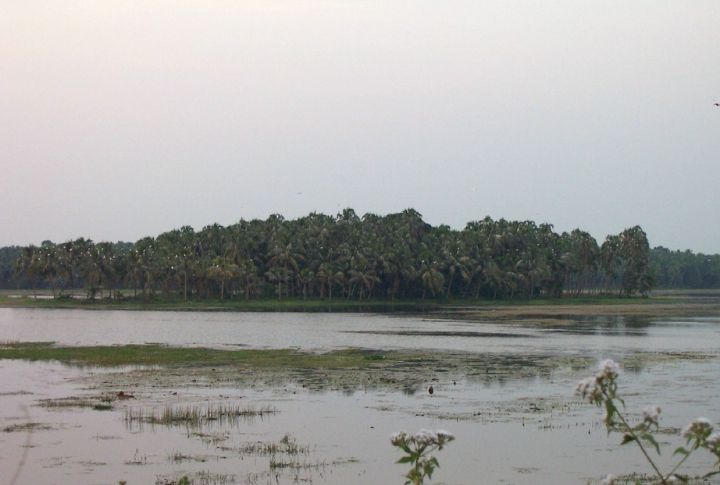
Nicknamed “Island of Crows,” this emerald isle in Vembanad Lake is car-free and quiet. National Geographic listed it among the world’s best sunset spots in 2016. For a serene visit, arrive by boat at dusk and watch crows swirl into silhouetted trees as golden light floods the backwaters.
Magnetic Hill, Ladakh
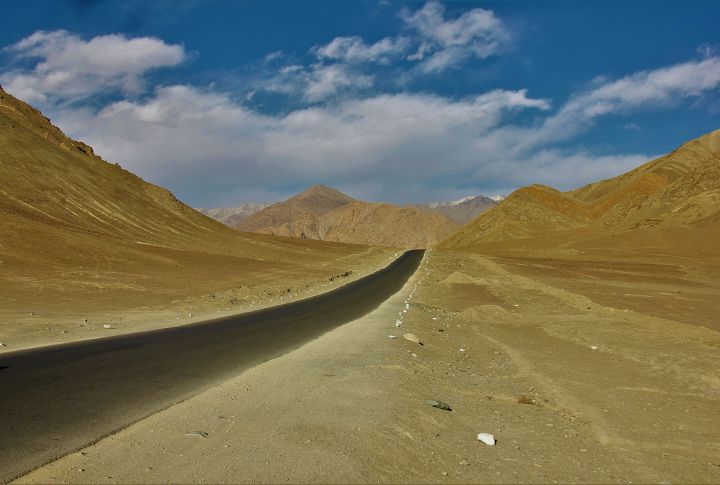
What looks like magic is an optical illusion—vehicles appear to defy gravity on this hill. Located on the Leh-Kargil highway, the phenomenon is best experienced from May to October. A road sign dares you to park on the “magic spot” and see for yourself.
Lonar Crater Lake, Maharashtra
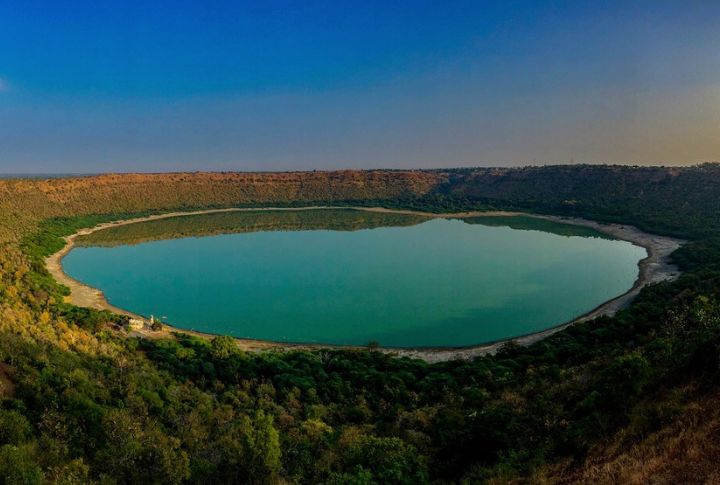
Formed 52,000 years ago by a meteorite impact, the Lonar Crater Lake sits inside a basalt basin. Its alkaline ecosystem hosts bacteria you won’t find elsewhere on Earth. Visit during winter, and don’t miss the nearby Daitya Sudan Temple carved with celestial warriors.
Coorg, Karnataka
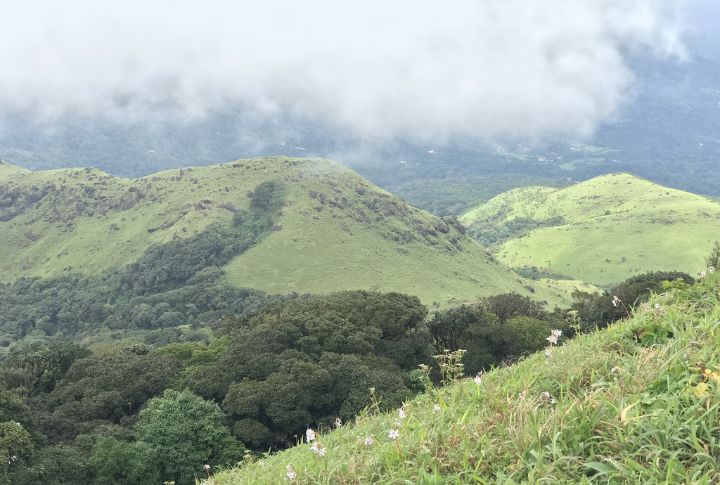
Coorg greets you with the aroma of coffee and a mist that hugs the hills like a warm sweater. This green escape blends rolling plantations, thundering waterfalls, and spice-scented air into one perfect highland retreat. Sip, stroll, and surrender.
Netarhat, Jharkhand
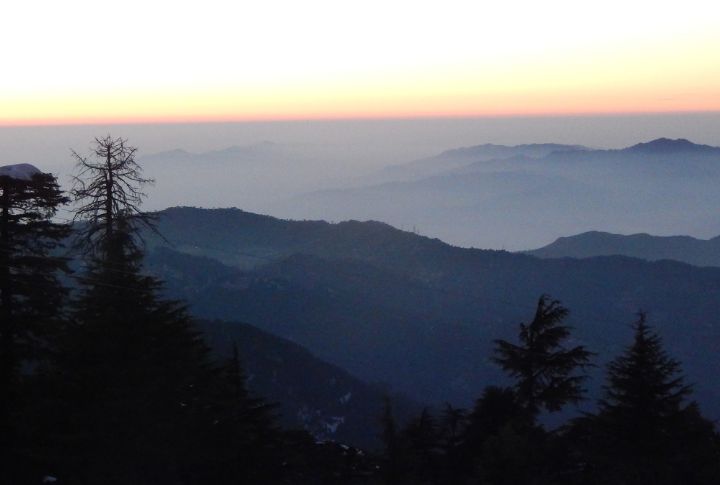
Called the “Queen of Chotanagpur,” Netarhat is where sunrise wakes up the hills with a golden stretch. Pine forests whisper secrets, waterfalls tumble with joy, and the air feels lighter like it’s exhaled by nature itself. And don’t forget to carry sweaters; this plateau chills faster than expected.
St. Mary’s Islands, Karnataka
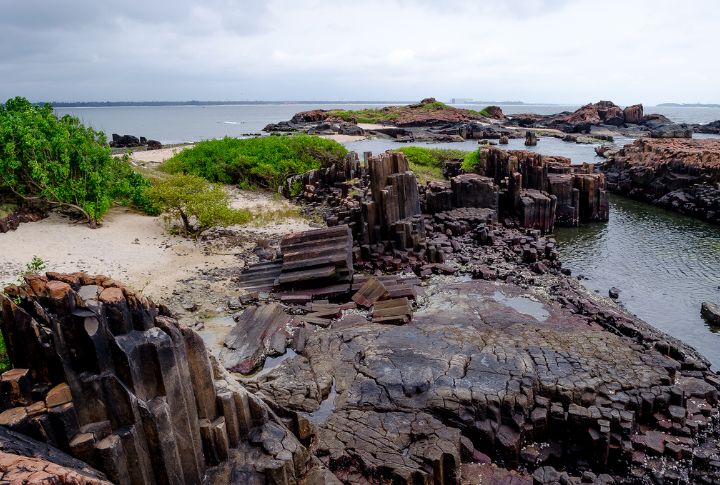
St. Mary’s Islands flaunt hexagonal basalt columns born from ancient lava, rising like frozen fireworks by the sea. Throw in turquoise waves, seashell-laced beaches, and a sea breeze that won’t quit, and you’ve got a natural wonder with serious swagger.
Kumarakom Backwaters, Kerala
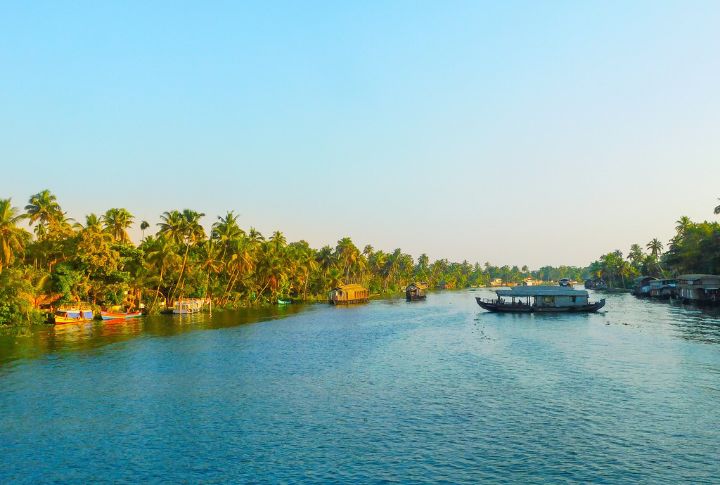
Snake boats race through labyrinthine canals during August’s Nehru Trophy Boat Race. In winter, cormorants skim mirror-like waters, and kingfishers flash like neon. A night afloat here is less travel and more meditation on water.
Kaziranga National Park, Assam

Home to the mighty one-horned rhino, Kaziranga roars with life in every swamp and grassland. Elephants lumber through misty mornings, wild buffaloes wade like tanks, and if you’re lucky, a tiger might flash by like a rumor.
Laitlum Canyons, Meghalaya

Situated around 24 kilometers from Shillong, Laitlum Canyons is a scenic ridge located in the East Khasi Hills. The name means “end of the hills,” which reflects the steep drop-offs and expansive views of the valley below.
Majuli Island, Assam
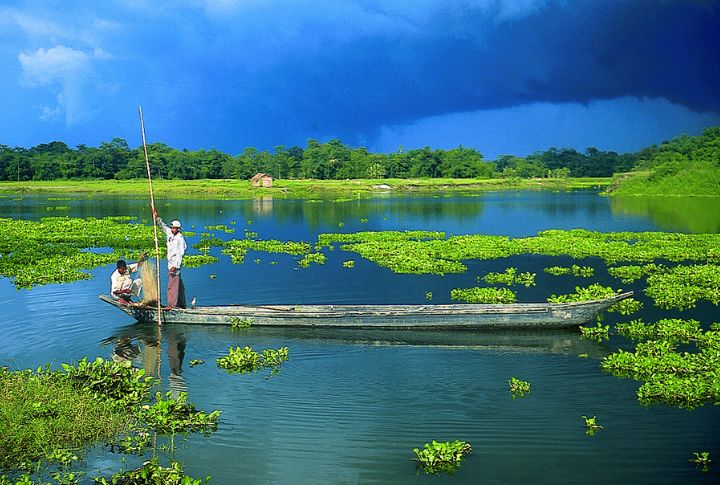
Majuli is the world’s largest inhabited river island. Accessible by ferry from Jorhat, it’s known for its rich cultural heritage, especially the neo-Vaishnavite monasteries called satras that preserve classical dance, music, and art. Despite erosion challenges, Majuli remains an important cultural and ecological site.
Nohkalikai Falls, Meghalaya
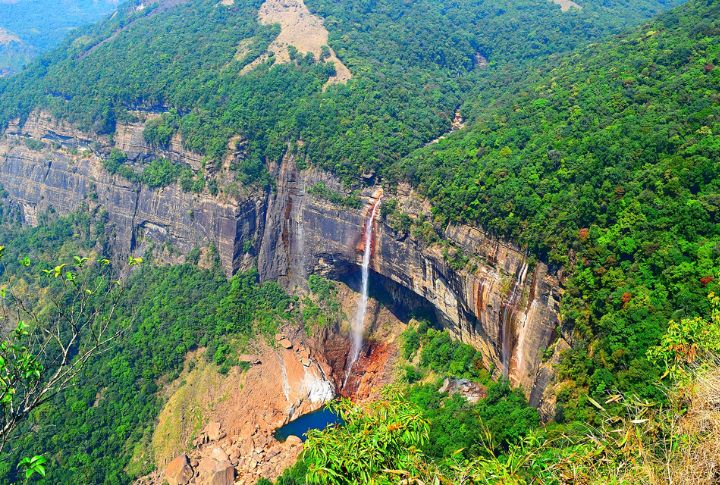
Nohkalikai Falls serves as the tallest plunge waterfall in India, dropping from a height of around 340 meters. The falls are formed by rainwater collected on a small plateau, which means their volume varies with the season. Interestingly, the site is named after a local legend.
Gurudongmar Lake, Sikkim
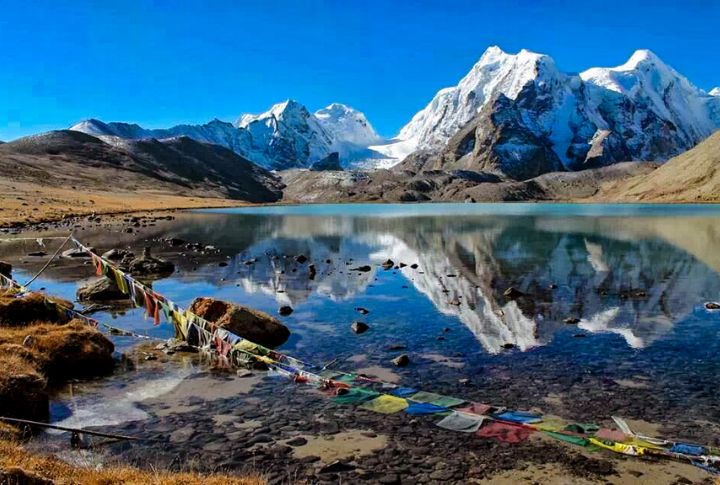
At 5,430 meters, this glacial lake near the Indo-China border freezes in winter except for a sacred spot believed to be blessed by Guru Nanak. Summer months offer easier travel, prayer flags flapping, and mountain gods reflected in sapphire waters.
Bhimbetka Rock Shelters, Madhya Pradesh
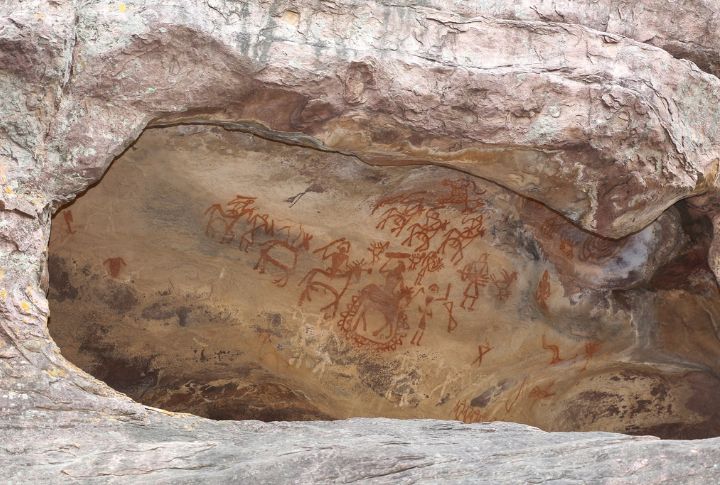
The Bhimbetka Rock Shelters contain one of the oldest known collections of prehistoric cave art in the world. Over 700 rock shelters display paintings that span from the Paleolithic to the medieval period. Recognized as a World Heritage Site, Bhimbetka reveals evidence of early human settlement.
Spiti Valley, Himachal Pradesh

Spiti Valley is a high-altitude desert region in northeastern Himachal Pradesh, bordered by Tibet and the Lahaul Valley. It lies at an average elevation of around 12,500 feet and is known for its terrain and Buddhist monasteries such as Key and Tabo.


